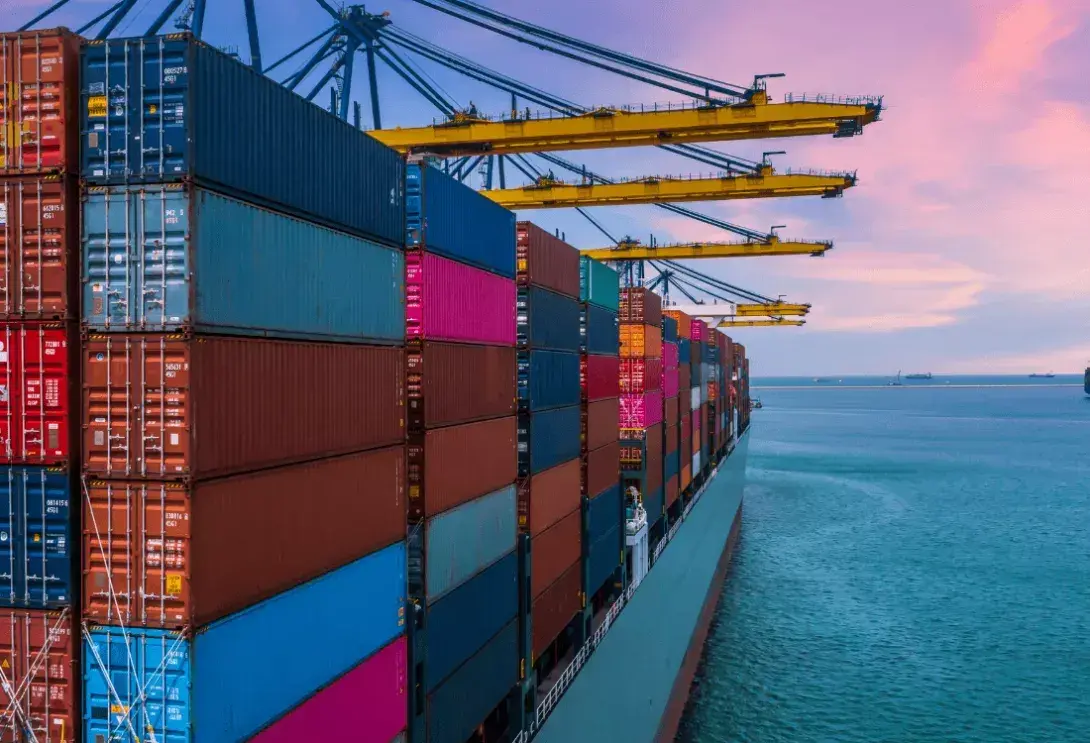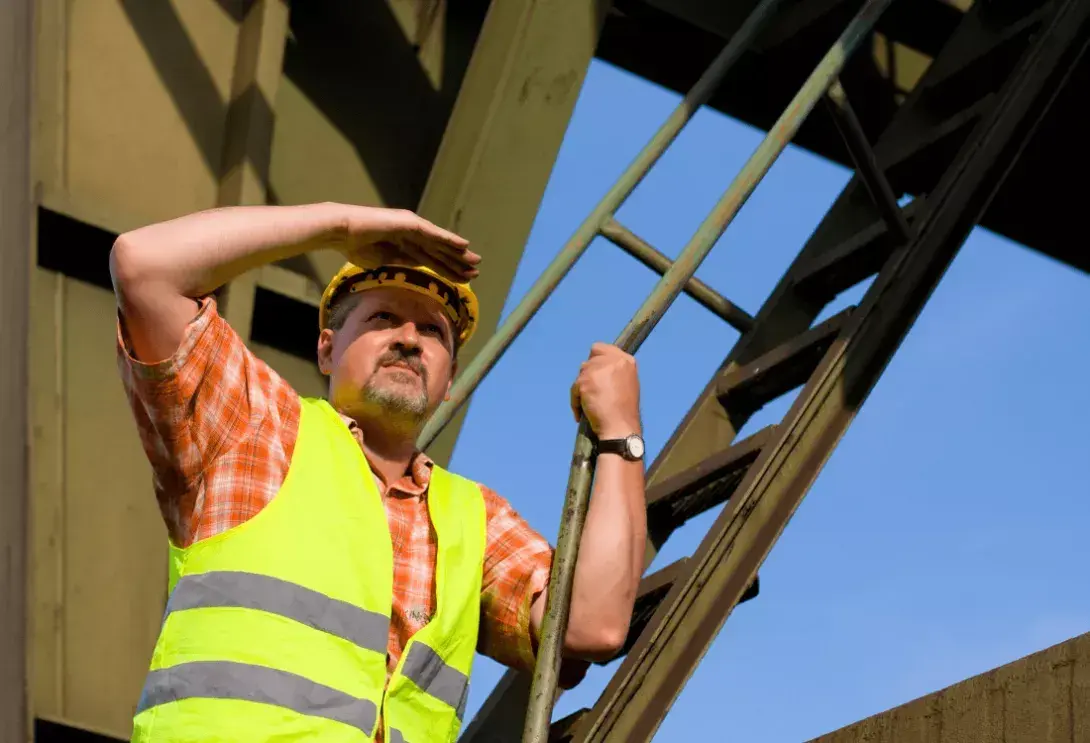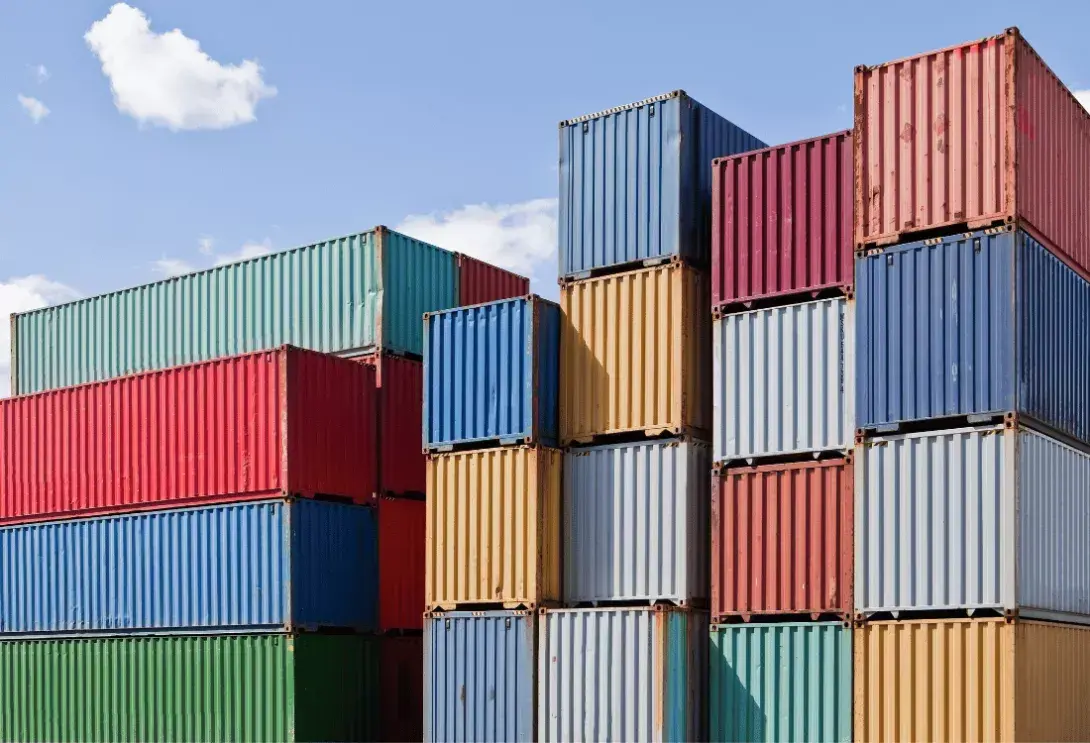By Ray Simmons on Feb 12, 2024 12:00:00 PM

Understanding The Risk Of Falls
Per the Health and Safety Executive (HSE), one of the main causes of fatal injuries within the workplace in 2023/24 was falls from heights. For reference, the average height of a shipping container is about 2.5M (8’6”).
Also according to the data from the HSE, falls from height lead to around 230 over-3-day absence injuries each year. They also lead to around 80 major injuries each year and are the third highest cause of fatal injury, comprising 20% of fatal accidents (per data from the HSE).
In addition to the impact on the casualty, these incidents typically have a wider impact on the business. They are likely to distress other workers and disrupt operations. This can lead to staff issues, reputational damage and extra costs to the business.
There is also the possibility that the employer will need to pay compensation. Some may even also face an investigation and further sanctions.
Ensuring Shipping Container Safety
These HSE statistics highlight the importance of safety in the maritime industry. They also provides guidance on how to achieve and maintain safety when working at height. They recommend a three-step strategy.
Prevention
As much as possible, employers should eliminate the need to work at heights in the first place. In the shipping container sector, this is unlikely to be possible. It may, however, be possible to reduce the extent to which employees need to work at heights.
For example, if employees are routinely going from working at ground level to working at heights and back again, employers might want to revise their working practices. In particular, they may want to look for opportunities to have workers complete as many tasks as possible each time they leave the ground.
This may seem counterintuitive as it will mean that workers spend longer at height each time they go up. If, however, tasks are batched astutely, they will spend less time overall at height and hence be safer. This can also be a more efficient use of their time in general.
Mitigation
When workers do have to go off the ground, employers should do everything possible to mitigate the risk of being at height. Fall arrest systems are a crucial part of this. However, they should be a backup option, not the main line of defence against falls.
In a shipping freight environment, the first line of defence against falls should be a barrier system such as ConCEPS (Container Collective Edge Protection System). ConCEPS works on shipping containers sized between 10 and 40 feet.
It comprises 4 corner posts and 2 intermediate posts along with upper and intermediate-level fall prevention ratchet straps, an access gate and a 3-piece base post. The base post is used to facilitate installation when access to the edge is restricted.
Education
Workers should also be thoroughly educated on the dangers of working at heights and how to mitigate them. They should also be empowered to act on their education. In particular, if they identify a fall hazard that has escaped the attention of management, they should be able either to deal with it or to report it and have it dealt with.
The Importance Of Compliance And Documentation
There are many reasons for implementing robust health and safety measures. One of them is to ensure that the employer is on solid legal footing in the event of any unavoidable incident.
For this reason, it’s vital that employers inform themselves of current industry standards and comply with them. It’s equally vital that they keep robust documentation to demonstrate this compliance.
To find out more about our ConCEPS fall protection and how it can help you, please get in touch with us today!





No Comments Yet
Let us know what you think